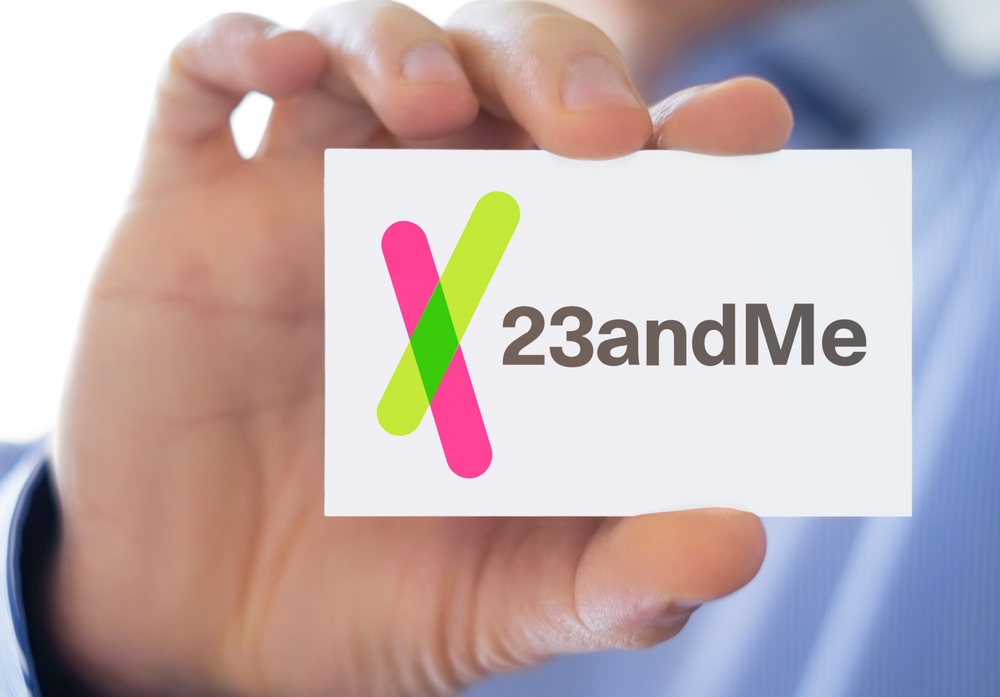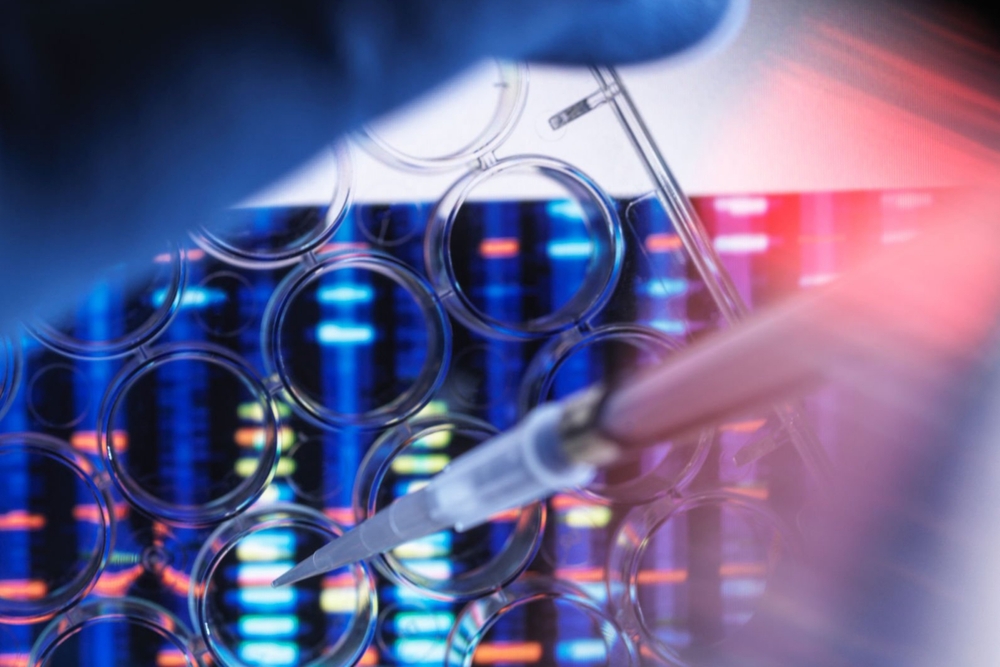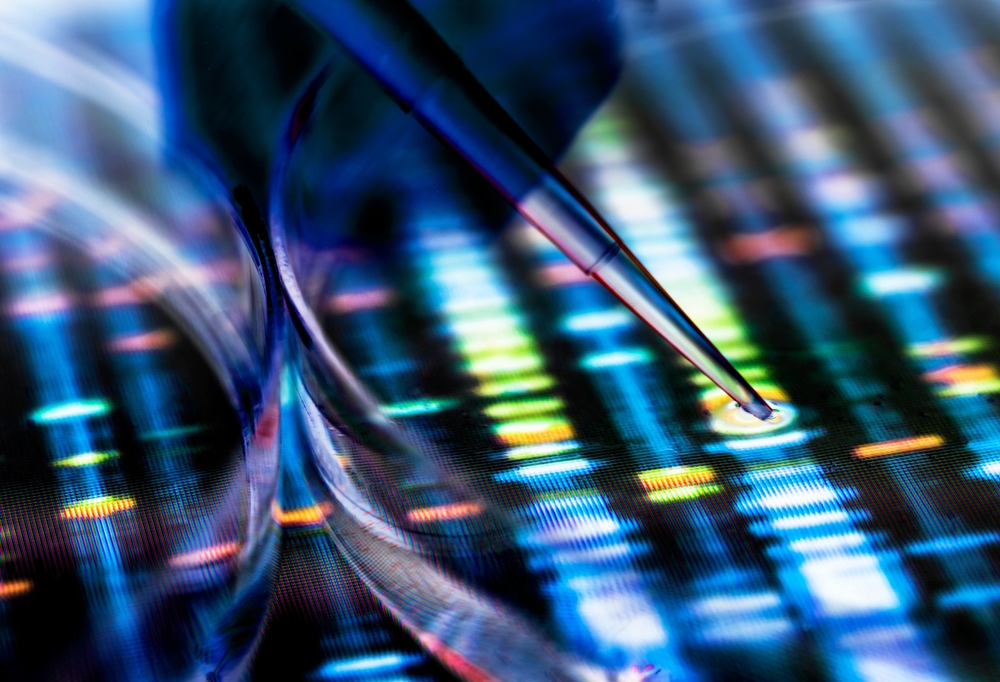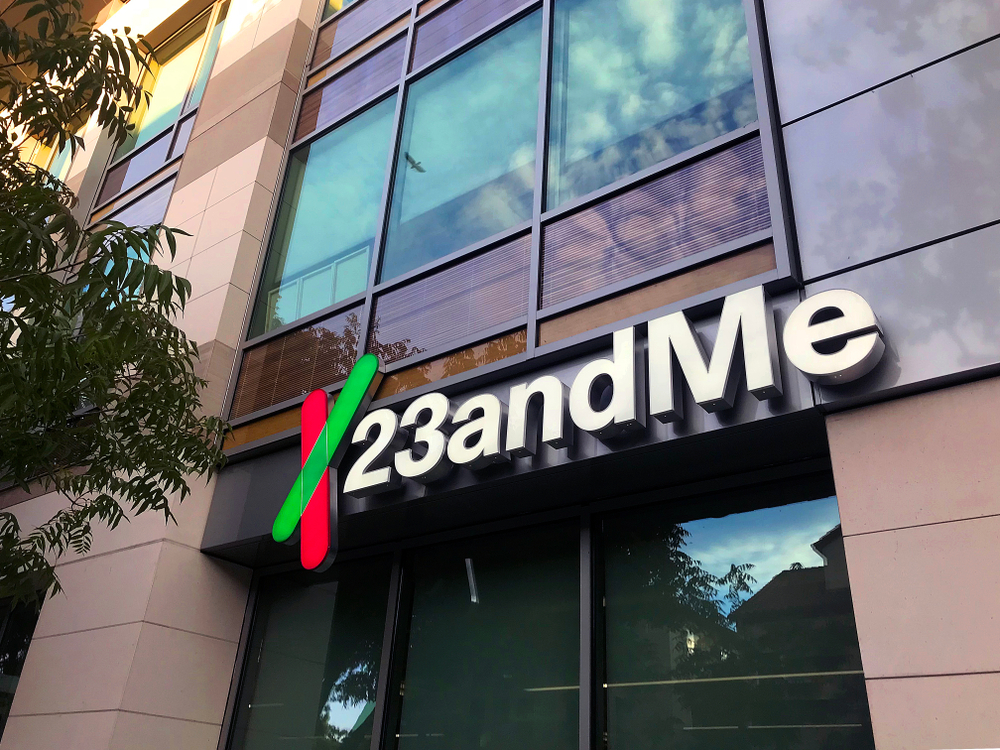In recent years, 23andMe has become a popular service for individuals seeking insights into their ancestry and genetic health. However, recent developments have raised concerns about the privacy and security of the data stored by the company.
In 2023, 23andMe experienced a significant data breach that compromised the personal information of approximately 6.9 million users. This breach exposed sensitive data, including names, birth years, and genetic information, leading to increased scrutiny of the company’s data protection practices.
Following the breach, 23andMe filed for Chapter 11 bankruptcy in March 2025. Shortly after, Regeneron Pharmaceuticals announced plans to acquire the company’s assets for $256 million. This raised new questions about who would control and access user data going forward.
Given these events, many users are considering deleting their 23andMe data to protect their privacy. This article provides a step-by-step guide on how to delete your data and explains why it might be a smart decision.
Understanding the Risks of 23andMe Data Exposure

The 2023 breach revealed serious flaws in how 23andMe handled and secured personal genetic data. Hackers accessed user profiles and exposed personal and genetic information.
This type of data is highly sensitive. It can be misused in ways that affect not only the user but also their biological relatives. Potential risks include insurance discrimination, identity theft, or unauthorized use in research.
Even more concerning, users had limited knowledge about how widely their data was shared or sold to third parties. The breach showed that once data is compromised, users lose control over where it ends up.
If you participated in any ancestry or health service through 23andMe, your raw genetic file could now be stored somewhere unknown. This risk will only grow as technology advances and data markets expand.
Bankruptcy and the Regeneron Acquisition

When 23andMe filed for bankruptcy, many users wondered what would happen to their stored data. Financial instability often results in company assets being sold off.
User data is often considered a valuable asset, especially when it includes sensitive health and genetic profiles. With Regeneron’s planned acquisition, many customers have expressed concern over potential misuse or lack of consent.
Although Regeneron stated they will respect current privacy policies, nothing prevents future changes. Once new ownership takes over, user agreements may evolve. Customers might be opted into data-sharing terms they would not have accepted before.
Bankruptcy also creates legal gray areas. Previous promises around data privacy might be restructured or challenged during asset transfers. Deleting your data may be the only way to ensure control.
Legal Protections Are Still Limited

In the United States, there is no comprehensive federal law protecting your genetic data. HIPAA covers medical records, but not consumer DNA services like 23andMe.
Many users wrongly assume they are fully protected. In reality, laws vary from state to state and are often outdated. Companies can store, analyze, and sometimes even sell data without breaching current laws.
Even if 23andMe promised not to sell your data, legal loopholes and vague policy wording can leave users vulnerable. Once a company changes ownership, these terms might be altered.
International users face a similar lack of protection. While the EU has stronger rules through the GDPR, enforcement remains inconsistent. Global platforms often default to the weakest protection allowed.
How to Permanently Delete Your 23andMe Data

If you are ready to delete your 23andMe data, here’s how to do it safely and completely.
First, log into your 23andMe account from a computer. Navigate to the “Settings” section in the top menu. Scroll down to the “23andMe Data” section and click “View.”
Next, click “Permanently Delete Data.” You will be asked to confirm the deletion request by email. Open your inbox and follow the verification instructions.
Once confirmed, 23andMe will begin deleting your data. Keep in mind that this action is irreversible. Make sure to download any information you want to keep before taking action.
Read More: 11 Weird Things You Didn’t Know You Got From Your Parents
Ask for Your Sample to Be Destroyed

Deleting your digital data is a good start, but there may still be a physical DNA sample stored by 23andMe. If you sent in a saliva kit, your sample may still be in storage.
23andMe stores samples for future testing and quality control unless users request destruction. To complete your deletion process, send a request through their help center.
Include your name, account email, and a message requesting physical sample destruction. You should also receive a confirmation once the process is completed.
This step ensures that your biological material is not used for future research or analysis without your knowledge.
Review and Revoke Research Consent

When signing up for 23andMe, many users opted into research programs. This allows the company to use genetic information for internal or third-party research.
If you are deleting your data, it’s important to revoke that consent. Log into your account and visit the “Research Consent” section. Uncheck any boxes or links that grant access.
Although deleting your profile usually ends participation, removing explicit consent adds another layer of protection. Research data may be stored separately, and revoking consent ensures it cannot be reused.
Being thorough with your opt-outs helps prevent your data from being analyzed or licensed in future studies.
Should You Still Use DNA Testing Services?

DNA testing services can offer valuable insights. They connect families, trace ancestry, and highlight health markers that may prompt medical follow-ups.
However, they come with permanent risks. Once your genetic data is online, it’s impossible to know where it will go next. Even after deletion, copies could exist on backup servers or in research databases.
Companies like 23andMe have changed ownership, shifted business models, and dealt with cyberattacks. The landscape is unpredictable, and users must take extra care with personal data.
If you want the insights without the risk, consider offline alternatives. You can download your raw genetic data and analyze it with software that doesn’t share it online.
Why Deleting Your 23andMe Data Matters

The value of genetic information continues to rise. Pharmaceutical companies, insurers, and researchers all want access to large DNA datasets. Keeping your data private is becoming harder.
Deleting your 23andMe data reduces the risk of unauthorized use. It limits exposure and ensures your sensitive information is not sold or shared.
After the data breach, the company’s credibility has taken a hit. Deletion is a way to opt out of a system that failed to protect users.
For those concerned about long-term consequences, it’s a meaningful step toward reclaiming control over your personal information.
Protecting Your Genetic Privacy

The rise of DNA testing has outpaced the rules meant to protect consumers. Companies like 23andMe collect, store, and sometimes monetize sensitive data without clear accountability.
As users, we must take action when companies fall short. Deleting your data may not solve everything, but it sends a message. You control your DNA, not the platforms collecting it.
Now is the time to assess your comfort level. If 23andMe no longer aligns with your expectations, consider removing your data today. Privacy can’t be restored once it’s gone.

